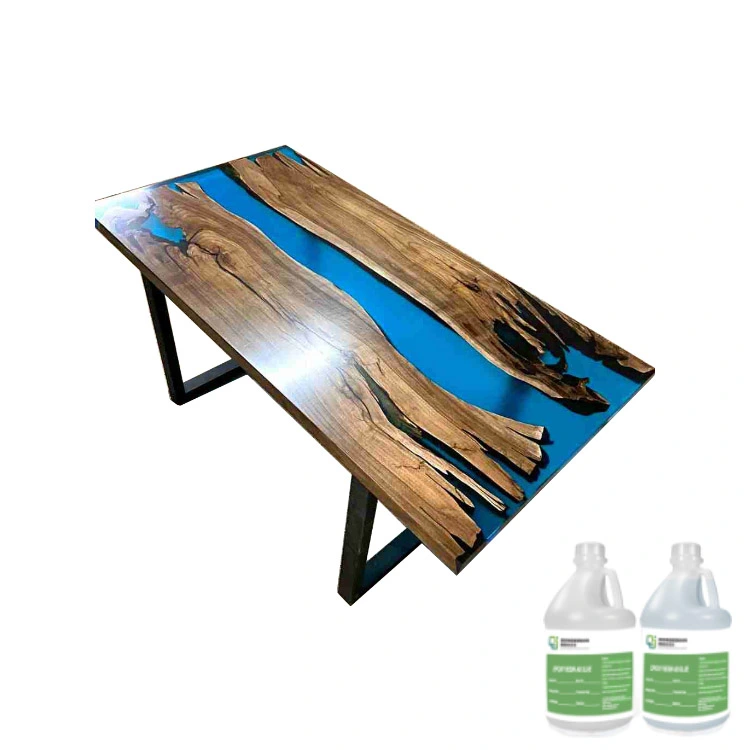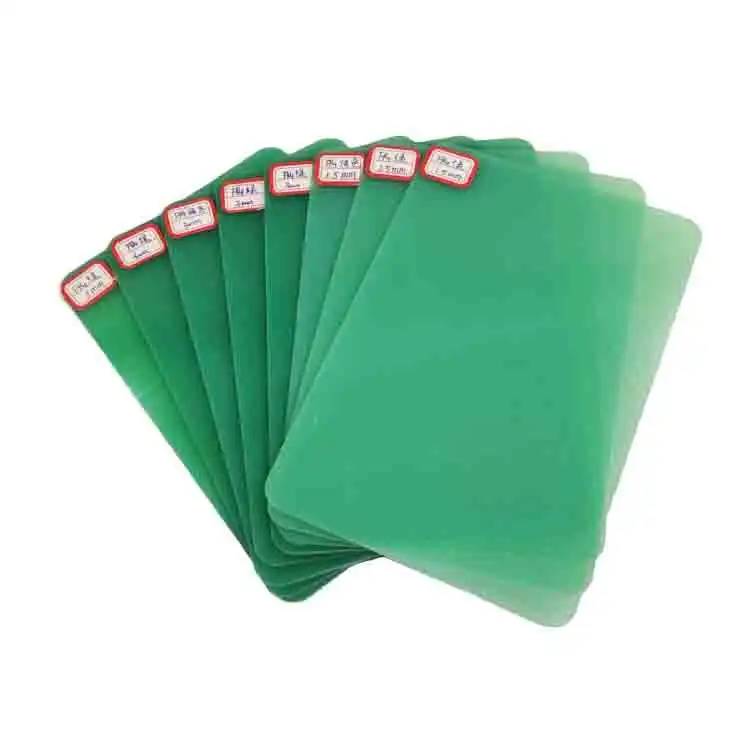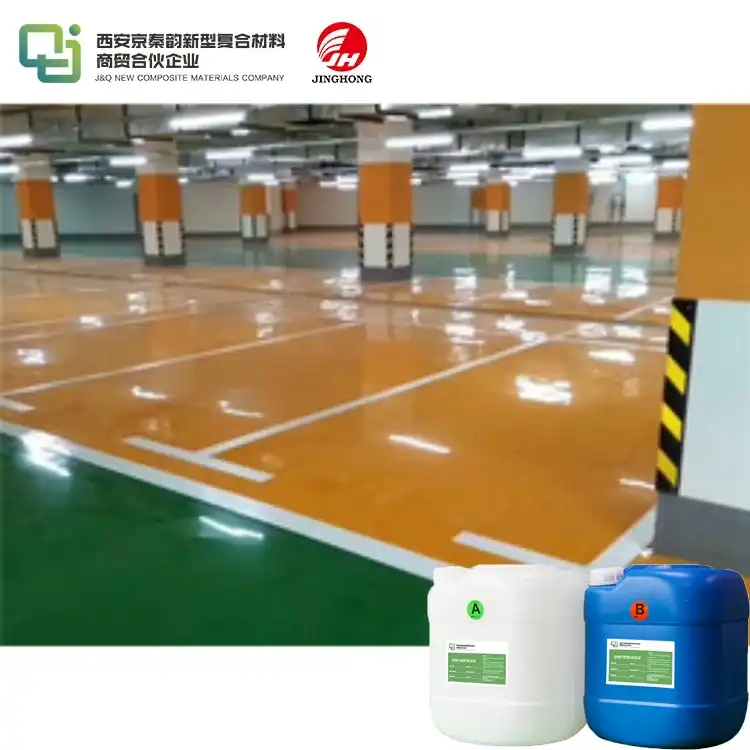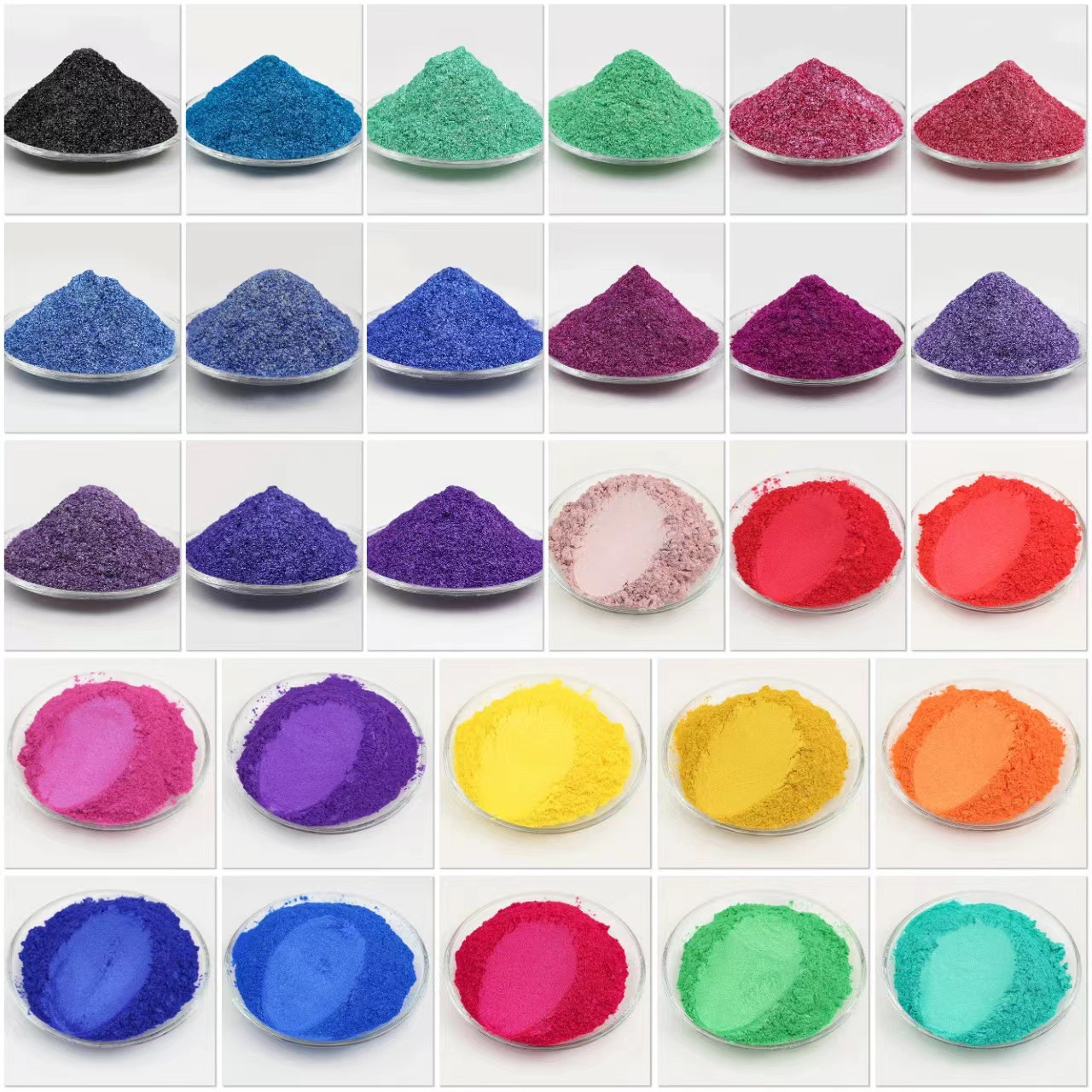Why Is Bakelite Board so Expensive?
2024-07-10 16:55:23
For a very long time, bakelite board—a phenolic paper laminate—has been valued for its special qualities and extensive variety of uses. In comparison to other plastics and composites, Bakelite board is still a somewhat pricey material, even with its practical benefits and historical significance. This blog examines the factors that contribute to Bakelite board's high cost, including the production method, the characteristics that generate demand, and the dynamics of the market that affect price.
What Are the Key Factors in the Manufacturing Process of Bakelite Board?
Cost of Raw Materials Bakelite board is primarily made from phenol and formaldehyde. Phenolic resin, the base material of bakelite, is produced when these substances undergo a polymerization reaction. Their price may be influenced by the costs of production and the availability of these raw materials. Due to their dependence on the petrochemical industry, formaldehyde, which is produced from methanol, and phenyl, which is obtained from benzene, are both subject to price volatility.
Reinforcement Materials In addition to phenolic resin, bakelite board frequently contains reinforcement materials like paper, fabric, or glass fibers. After being applied to these materials, the resin cures under pressure and heat. The quality and type of reinforcement materials utilized can have a significant impact on the overall cost. While specialized, high-quality reinforcements are more expensive, their superior properties result in a more expensive final product.
Utilizing Energy and Equipment for High-Temperature Curing To achieve the desired stability and hardness, the bakelite board manufacturing process requires curing at high temperatures. This step utilizes a great deal of energy since it needs a ton of intensity and tension. The costs of consuming energy and maintaining the equipment required for this process have an impact on the overall cost of producing Bakelite boards.
Bakelite board is made using specialized equipment like presses, autoclaves, and molding machines. These machines need to operate in conditions that are precisely controlled in order to guarantee consistent quality and performance. The equipment's initial investment and ongoing operating and maintenance costs add to production costs.
Creation Intricacy Quality Control Ensuring the Bakelite board's nature requires extensive quality control measures. Each batch must have the same mechanical strength, thermal stability, and electrical insulation properties. This level of quality assurance necessitates skilled labor and meticulous testing, which further drives up production costs.
The executives of Waste The creation interaction can deliver a ton of waste, as offcuts and broken parts. This waste must be recycled and disposed of in a manner that is safe for the environment and compliant with laws. Waste management practices add even more complexity to the manufacturing process as a whole.

How Do the Properties of Bakelite Board Justify Its Cost?
Exceptional Mechanical Strength and High Durability Bakelite board is suitable for demanding applications where other materials might fail due to its exceptional mechanical strength and high durability. Because users can rely on Bakelite components to withstand harsh conditions and maintain their integrity over time, its higher price is justified by its high performance. Despite the initial cost, the material's resistance to wear and tear reduces the need for frequent replacements and provides long-term value.
Load-Bearing Limit
In mechanical applications, which is in many cases picked for its predominant burden bearing limit. In situations where components must maintain their performance under intense stress, this property is crucial. The capacity to help weighty burdens without disfiguring or breaking settles on Bakelite a favored decision in numerous modern settings, even at a greater cost point.
Thermal Stability High-Temperature Resistance In applications involving heat, the ability of the product to withstand high temperatures without losing its structural integrity is a significant advantage. Particularly useful in electrical and electronic applications where materials are subjected to high temperatures is this thermal stability. Bakelite board's cost is a reflection of its capacity to function effectively and safely in these conditions.
Preventing Thermal Degradation In critical applications, materials that degrade under heat can pose significant risks. Due to its resistance to thermal degradation, it will always be safe and effective. The investment in a material that is able to consistently withstand thermal stress is justified by this property's importance in high-stakes environments.
Superior Dielectric Properties of the product which is an excellent electrical insulator due to its superior dielectric properties. Preventing electrical currents from causing shorts or other issues in electrical systems necessitates this capability. The effectiveness of the product in securing the safe operation of electrical equipment and protecting delicate components makes up for the high price.
Resistance to Arcing Electrical arcing can harm equipment and present safety risks. Bakelite board's protection from electrical arcing pursues it an optimal decision for high-voltage applications. This obstruction upgrades the material's worth, as it gives an extra layer of security and unwavering quality in requesting electrical conditions.
Compound Opposition
Erosion Opposition
In conditions where openness to destructive substances is normal, Bakelite board's compound opposition is a critical benefit. Bakelite, in contrast to metals, which have the potential to corrode, and some plastics, which have the potential to degrade, keeps its properties despite being exposed to harsh chemicals. This solidness in destructive conditions legitimizes the greater expense, as it guarantees life span and unwavering quality.
Negligible Upkeep
The low support necessities of it add to its allure. It requires less frequent upkeep and repairs due to its resistance to chemicals and the environment. Over time, this quality may result in cost savings, which makes the initial investment even more justifiable.
What Market Dynamics Influence the Price of Bakelite Board?
Supply and Demand
Limited Production Capacity
The production capacity for Bakelite board is limited compared to other materials. This limitation can create supply constraints, particularly if demand increases due to specific applications or industry needs. The basic economic principle of supply and demand applies, with limited supply and high demand driving up prices.
Industry Demand
Certain industries, such as electrical, automotive, and aerospace, rely heavily on the product for specific applications. Fluctuations in demand from these industries can impact the price. For example, a surge in demand for electrical components or automotive parts can increase the need for Bakelite, driving up prices due to heightened demand.
Technological Advancements
Research and Development
Ongoing research and development efforts aim to improve the properties and production processes of it. Innovations can lead to enhanced performance characteristics, making Bakelite more attractive for advanced applications. However, the costs associated with R&D can also contribute to the material's price, as manufacturers invest in new technologies and improvements.
Competitive Materials
The development of competitive materials can influence the price of the product. New materials that offer similar properties at lower costs can create competitive pressure, potentially affecting pricing strategies. However, Bakelite's unique combination of properties often maintains its position in specific markets, despite the availability of alternatives.
Environmental Regulations
Compliance Costs
Environmental regulations governing the production and disposal of it can impact its cost. Compliance with these regulations often requires additional investments in waste management, emissions control, and sustainable practices. These compliance costs are reflected in the price of the final product, contributing to its overall expense.
Sustainable Practices
The push towards more sustainable manufacturing practices can also influence the cost of it. Implementing green practices, such as reducing energy consumption and minimizing waste, may involve initial investments that raise production costs. However, these practices can also lead to long-term savings and environmental benefits, aligning with industry trends towards sustainability.
Conclusion
The high cost of Bakelite board is driven by a combination of factors, including its complex manufacturing process, the unique properties that enhance its performance, and the market dynamics that influence supply and demand. Despite its expense, which offers exceptional value in applications that require high strength, thermal stability, electrical insulation, and chemical resistance. Understanding these factors helps explain why Bakelite board remains a premium material in various industries, justifying its price through its unparalleled performance and reliability.
References
1. **"Phenolic Laminates - Characteristics and Applications," Professional Plastics.** Accessed at: [Professional Plastics](https://www.professionalplastics.com/PhenolicLaminates)
2. **"Bakelite - The First Synthetic Plastic," American Chemical Society.** Accessed at: [American Chemical Society](https://www.acs.org/content/acs/en/education/whatischemistry/landmarks/bakelite.html)
3. **"Mechanical Properties of Phenolic Laminates," ScienceDirect.** Accessed at: [ScienceDirect](https://www.sciencedirect.com/topics/materials-science/phenolic-laminate)
4. **"Plastics and Environmental Impact," EPA.** Accessed at: [EPA](https://www.epa.gov/plastics)
5. **"Recycling and Waste Management of Plastics," PlasticsEurope.** Accessed at: [PlasticsEurope](https://www.plasticseurope.org/en/resources/publications/274-plastics-recycling-and-waste-management)
6. **"Properties and Applications of Polymeric Materials," MatWeb.** Accessed at: [MatWeb](https://www.matweb.com/search/materials.aspx)







